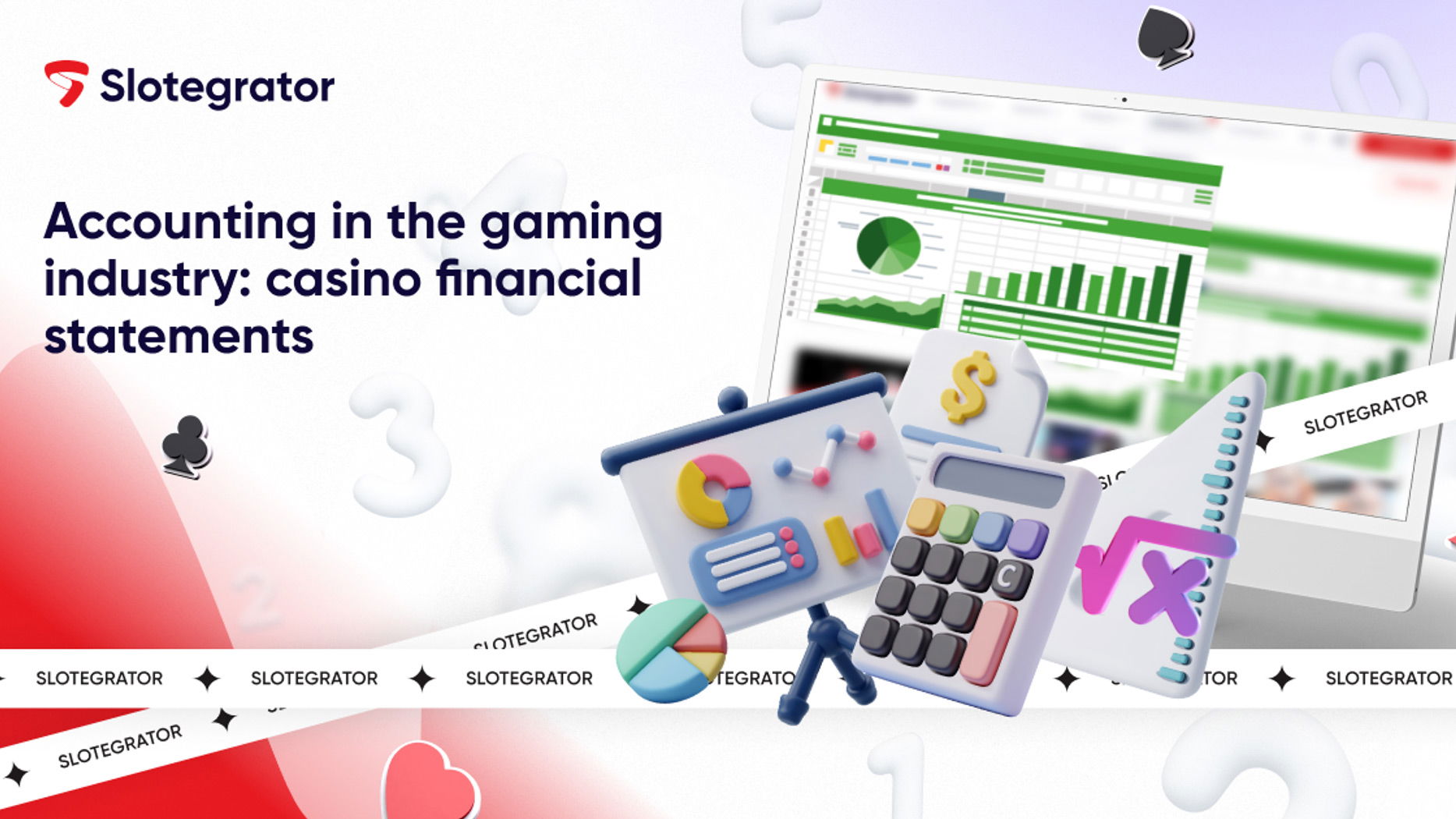
The gambling industry is growing faster and faster with every year attracting new investments — the industry’s global revenue is expected to reach $133.60 billion in 2029. While the financial aspect of such an investment is attractive, every investment needs thorough calculations. Online Gaming expert Slotegrator shares its guide on accounting in the iGaming sector.
Online casinos develop and adjust their marketing and sales strategies and optimize their processes according to the business performance. You can normally track classic KPIs to know what’s happening with the players and bets, however, only financial reports show the real situation for business owners and investors.
A comprehensive learning source on the Slotegrator’s website, Slotegrator Academy, provides useful materials to answer every iGaming business question, this time we’ll discuss a very important business aspect — the final goal of every commercial project — finance.
When making and analyzing financial statements we look at three things relevant for our conclusions.
-
Assets. These are tangible or intangible things that the company owns and that have value: casino platform, cash reserves, branding/trademarks, hardware, etc.
-
Liabilities. This is what the company owes to another party: revenue share, employee salaries, player winnings, taxes, fees, legal costs, loan repayments, and other expenses.
-
Equity. Equity is what belongs to the owners of the business after all of the liabilities have been accounted for.
There are three types of financial statements relevant to us:
-
Balance sheet
-
Income statement
-
Cash flow statement
Balance sheets are made regularly to evaluate the financial position of the company at one point in time. The company’s management and potential investors check the financial health of the company by analyzing balance sheets.
The income statement shows the business’ financial performance during a period of time. It compares revenues and expenses to see whether the company made a profit or a loss.
A cash flow statement displays all the cash that passed through the company during the chosen time period, and the cash that stayed. A cash flow statement has 3 sections: the operating section, the investing section, and the financing section.
Creating financial statements is a very important part of the business strategy however what’s more important is the ability to analyze them and make correct conclusions.
Vertical analysis shows the share of every item in its category (what percent of the total assets is the platform). Vertical analysis is used with balance sheets and income statements and gives an understanding of the company’s performance at a chosen period of time, while horizontal analysis sees the dynamic of the performance comparing successive periods of time (2023 with 2024, for example).
Ratio analysis compares performance with competitors or the same company in different periods of time. It looks at liquidity, solvency (or leverage), and profitability ratios. These parameters evaluate the ability to cover its short-term liabilities, manage its non-current liabilities, and, last and most important, the ability to earn money.
“We created the Academy section on our website to provide our clients and partners with regular updates, the latest iGaming news, and useful tips. We believe that sharing knowledge and experience is beneficial for all gambling community members since the industry is developing and changing really fast. However, besides the licensing insights, regulatory updates, and game providers overviews, there are business topics that are good to discuss: how to gather a team, avoid mistakes, deal with risks, and… calculate money,” comments Ataur Rosul Abeer, Senior Sales Manager at Slotegrator.
Analytical articles on the Slotegrator’s website provide more detailed information about the finance in the iGaming business with examples.
Original article: https://www.yogonet.com/international/noticias/2024/08/19/75570-finance-in-igaming-slotegrators-guide-to-performance-analysis















